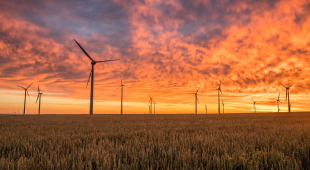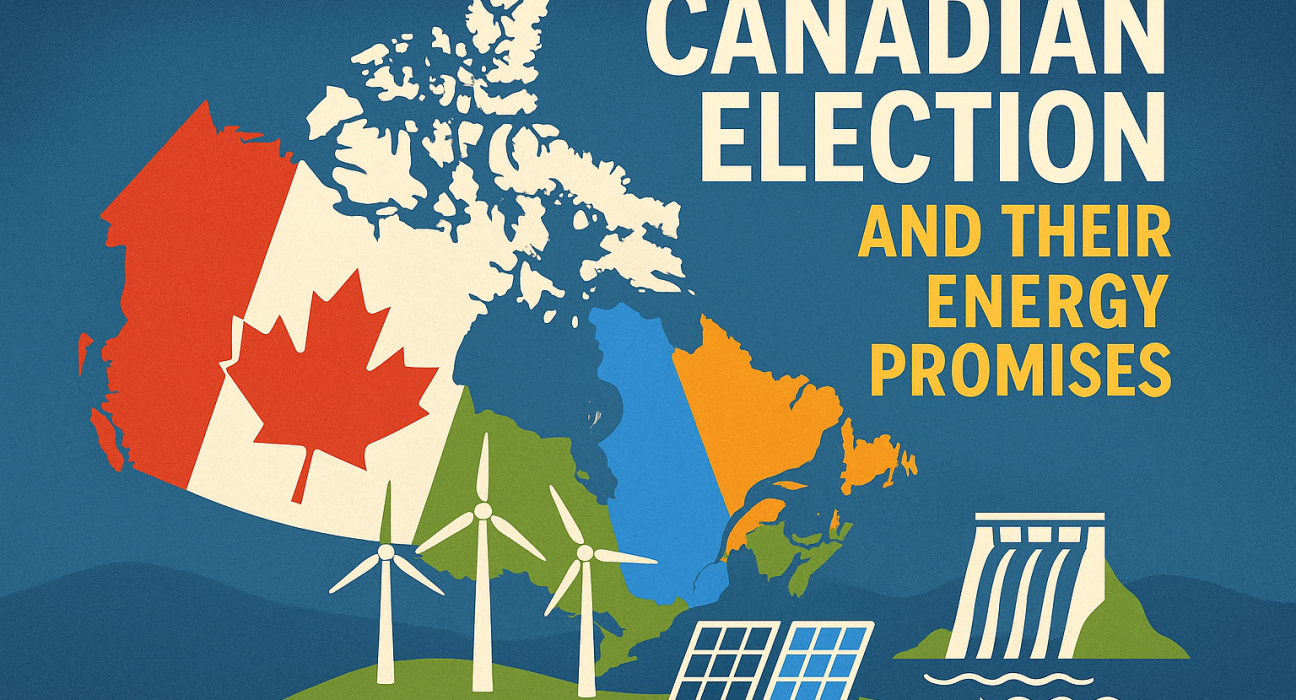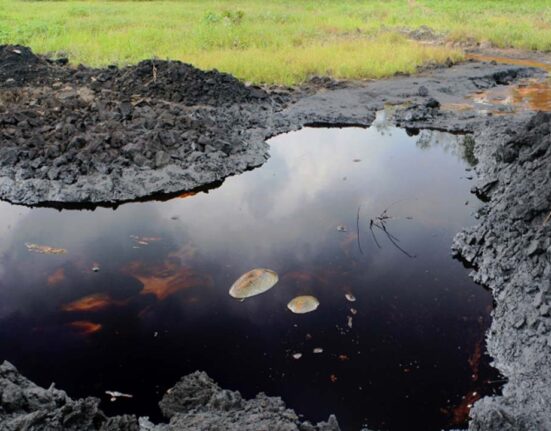1. Introduction
As Canada gears up for the upcoming federal election, energy policy has cemented itself as a central battleground. Voters are scrutinizing party platforms on climate targets, renewable energy investments, and fossil fuel development. In this article, we unpack the major energy promises of the Liberal Party, Conservative Party, New Democratic Party (NDP), Green Party, and Bloc Québécois. Whether you’re concerned about carbon pricing or clean technology, here’s what to watch.
2. Liberal Party of Canada
-
Net‑Zero by 2050: The Liberals reaffirm their pledge to achieve net‑zero greenhouse gas emissions by 2050.
-
Carbon Tax Increase: Plans to raise the federal carbon price by $15 per tonne annually until 2030.
-
Renewable Investment: $20 billion over five years to build new wind farms, solar arrays, and battery storage projects.
-
Oil Sands Emissions Cap: Introduce strict emissions‑intensity limits on oil sands production.
3. Conservative Party of Canada
-
Carbon Tax Repeal: Immediate rollback of the federal carbon price; replace with a targeted clean technology fund.
-
Pipeline Expansion: Support for new oil and gas pipelines to boost domestic production.
-
Clean Tech Incentives: $10 billion in tax credits for carbon capture and hydrogen manufacturing.
-
Indigenous Partnerships: Joint pipeline and renewable energy projects with Indigenous communities.
4. New Democratic Party (NDP)
-
Accelerated Net‑Zero: Target moving up to 2040 for net-zero emissions.
-
Just Transition Fund: $15 billion fund for fossil fuel workers and communities transitioning to green jobs.
-
Public Ownership: Expand public control over energy utilities to ensure equitable access.
-
Carbon Pricing Strengthen: Maintain the current carbon price and allocate revenues to households directly.
5. Green Party of Canada
-
100% Renewable by 2040: Eliminate fossil fuel use entirely by 2040.
-
Community Solar: $5 billion for rooftop solar installations across municipalities.
-
Ban Fracking: Nationwide prohibition of hydraulic fracturing.
-
Zero‑Emission Vehicles: $4 billion subsidy program to accelerate EV adoption.
6. Bloc Québécois
-
Provincial Collaboration: Defend Quebec’s right to shape its own energy mix, emphasizing hydroelectricity.
-
Phase‑out Oil Imports: Eliminate reliance on foreign oil by increasing Quebec’s renewable exports.
-
Carbon Dividend: Return carbon tax revenue directly to Quebecers.
-
Hydro Expansion: Invest $6 billion to expand Quebec’s hydro capacity for Eastern Canada exports.
7. Analysis & Voter Takeaways
-
Carbon Pricing vs. Incentives: Liberals and NDP lean on carbon taxes, whereas Conservatives and Greens favor direct incentives.
-
Timeline Tensions: Net‑zero by 2050 (Liberals) vs. 2040 (NDP, Greens) reflects differing urgency levels.
-
Fossil Fuels Debate: Conservatives champion pipelines; Greens and NDP push for rapid phase‑out.
-
Regional Priorities: Quebec’s hydro focus (Bloc) and Alberta’s oil sands (Cons/Liberals) underscore regional divides.
8. Conclusion
Canada’s election energy promises present stark choices: carbon pricing or incentive-based transitions; immediate pipeline work or accelerated renewables. Voters should weigh economic impacts, climate goals, and regional needs. Stay informed—energy policy will shape Canada’s environmental and economic future for decades to come.
Call to Action:
Share this article on social media, and subscribe for weekly updates on Canada’s election coverage and policy analysis.






Leave feedback about this